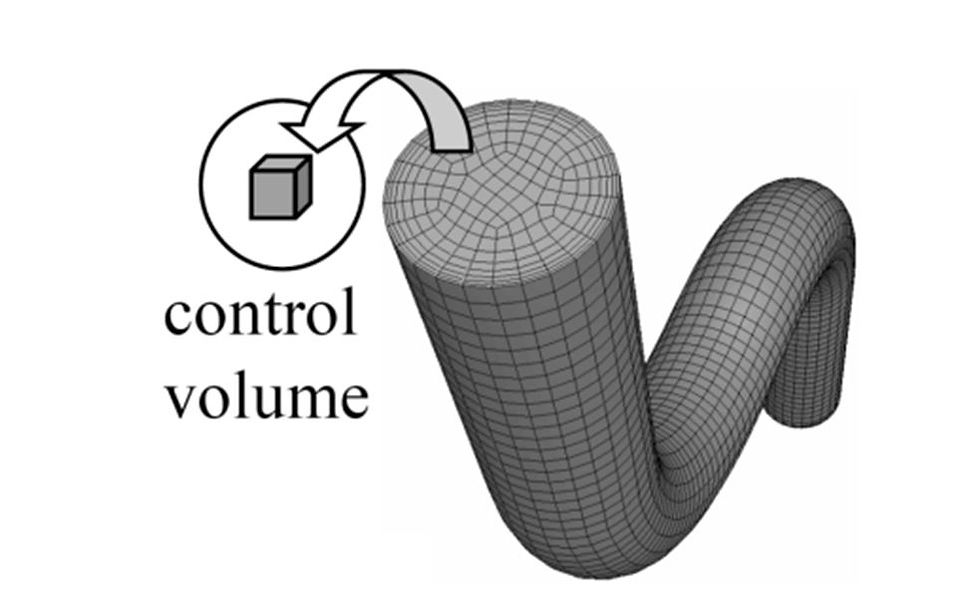What is 'Discretization'?
- manchestercfd
- Dec 9, 2015
- 3 min read
Updated: Jun 5, 2019
1) Discretization
The numerical solution of differential equations cannot produce a continuous distribution of the variables over the solution domain, thus the aim instead becomes to produce a set of discrete values at a number of nodes that cover the solution domain. There are however, different ways to approximate the flow variables:
a) Finite Difference Method (FDM): Describes an unknown variable ϕ by means of point samples at node points. Truncated Taylor series expansions are used to generate finite difference approximations to the derivatives of ϕ at each grid point and its immediate neighbours. This method is discussed in more depth in future posts.
- Advantages: ease of implementation.
- Disadvantages: restricted to simple grids and does not conserve momentum, energy, and mass on coarse grids.

b) Finite Element Method (FEM): Uses simple piece-wise function (A piece-wise function is a function whose definition changes depending on the value of the independent variable), valid on individual elements to describe the local variation of ϕ. The governing equations are precisely satisfied by the exact solution of ϕ. As a result, one can obtain a set of algebraic equations for the unknown coefficients of the approximating functions. The main application of FEM is in solid mechanics (structural/stress analysis) because it has considerable geometric flexibility and general-purpose codes can be used for a wide variety of physical problems. Some CFD codes (approx. 15%) also make use of this method too.
FEM uses a series of point called nodes which make the mesh. In structural analysis for example, this mesh is programmed to contain the material and structural properties which define how the structure will react to certain loading conditions. Nodes are assigned at a certain density throughout the material depending on the anticipated stress levels of a particular area. Regions which will receive large amounts of stress usually have a higher node density than those which experience little or no stress. Points of interest may consist of: fracture point of previously tested material, fillets, corners, complex detail, and high stress areas. The mesh acts like a spider web in that from each node, there extends a mesh element to each of the adjacent nodes. This web of vectors is what carries the material properties to the object, creating many elements
- Advantages: highest accuracy on coarse grids. Excellent for diffusion dominated problems (viscous flow) and viscous, free surface problems.
- Disadvantages: long processing time for large problems and not well suited for turbulent flow.

c) Finite Volume Method (FVM): Developed as a variant of the finite difference formulation. This is a common method adopted and will be discussed in more depth later on. The FVM is popular in fluid mechanics because it rigorously enforces conservation and it is flexible in terms of both geometry and the variety of fluid, therefore most of CFD codes (including the ones mentioned earlier – approx. 80%) are based on finite volume method.
- Advantages: basic FV control volume balance does not limit cell shape; mass, momentum, energy conserved even on coarse grids; efficient, iterative solvers well developed.
- Disadvantages: false diffusion when simple numerics are used.

Discretization in Finite Volume Method
• Domain is discretized into a finite set of control volumes or cells. The discretized domain is called the “grid” or the “mesh.”
• General conservation (transport) equations for mass, momentum, energy, etc., are solved on this set of control volumes.

• Partial differential equations are discretized into a system of algebraic equations
• All algebraic equations are solved numerically to render the solution field.

تعليقات